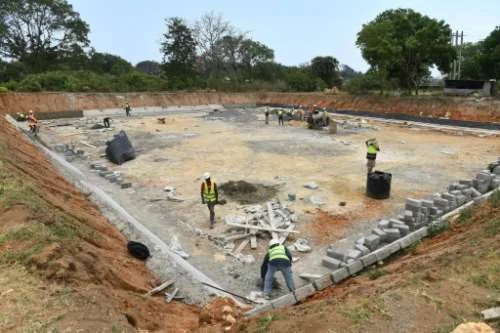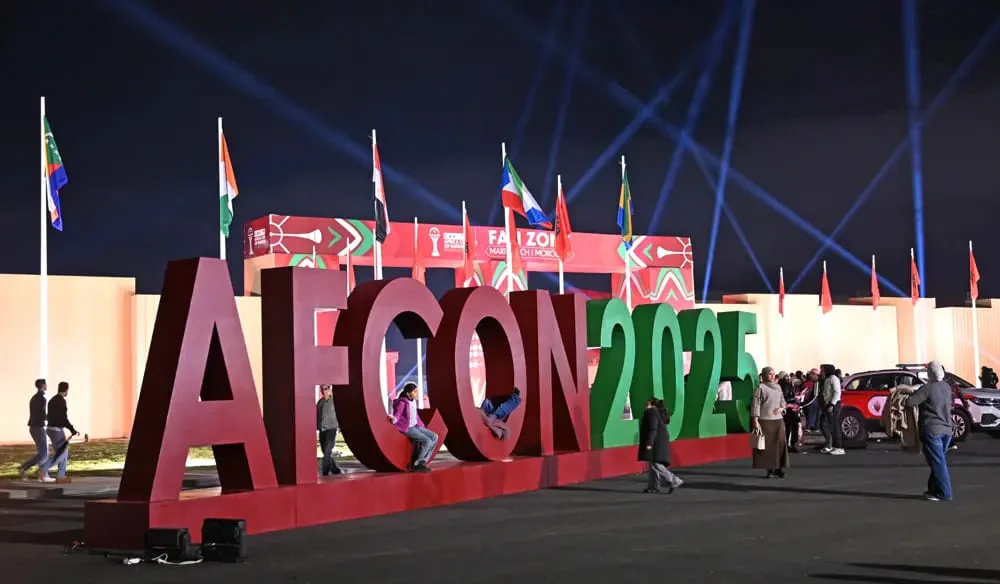For decades, residents and motorists near Shimo la Tewa Prison in coastal Kenya have endured an unbearable stench. The source was not the prison itself but its collapsed septic system, which spilled untreated wastewater into Mtwapa Creek, a waterway flowing into the Indian Ocean.
The contamination threatened fishing grounds, waterside hotels, restaurants, and Mombasa’s coral reef marine park, a vital hub for tourism. Even government lodgings for prison staff and hospital workers were abandoned due to the health risks.
A Low-Cost Green Tech Solution
To tackle the problem, Kenya is adopting a nature-inspired approach. An artificial wetland is being built inside the prison grounds to filter sewage naturally.
Sewage will first pass through an improved septic tank, where solids are separated, before moving through underground sand and gravel beds that filter pathogens and pollutants. Reeds planted on the surface will absorb nutrients, attract birds, and improve the environment.
“There will be no smell. We will actually have a very good environment,” said Stephen Mwangi, a government scientist involved in the project.
Climate-Friendly and Affordable
The UN Environment Programme (UNEP), which supports the project, says artificial wetlands are an affordable and climate-friendly alternative to traditional sewage systems, which require large amounts of concrete and electricity-powered machinery.
GreenWater Kenya, the company behind the project, has built similar sustainable systems for schools, farms, and businesses. Advocates argue this approach could serve as a model for other coastal areas under sewage pressure, especially where population growth has overwhelmed natural waterways.
A Wider Coastal Pollution Crisis
Experts warn that coastal ecosystems like those in Mombasa are collapsing under the weight of untreated sewage. According to ecologist David Obura, director of CORDIO East Africa, creeks and inlets once self-cleaned naturally, but now, “with just so many people, and so much pressure… that cleaning function has been overwhelmed.”
Artificial wetlands, he said, are a “key tool” for policymakers facing growing pollution along Kenya’s coast and beyond.






